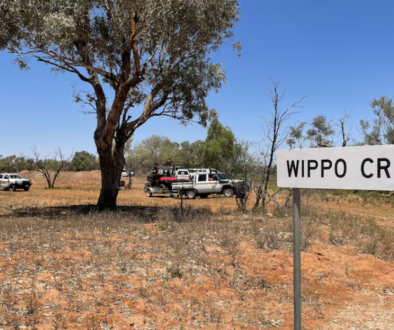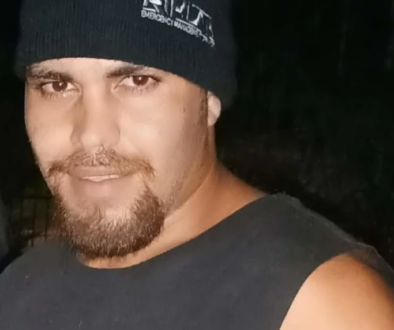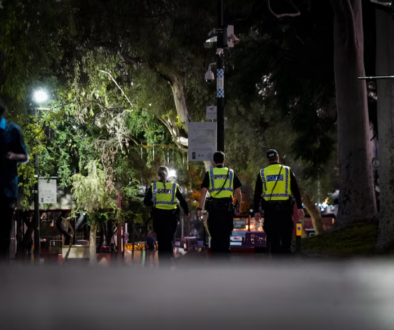Queensland emergency services had ‘no urgency’ in helping Indigenous man who died in custody, coroner finds
Key points:
- Trevor King, known as Noombah, died of cardiac arrest after he was restrained by police
- The death in custody has been investigated by the coroner
- His recommendations point to flaws in the response by paramedics and police
WARNING: Aboriginal and Torres Strait Islander readers are advised this article contains the name and image of a person who has died.
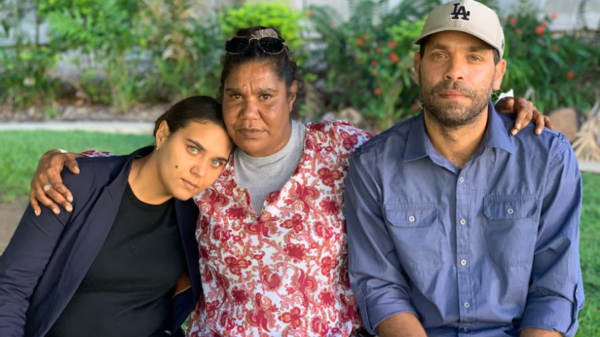
North Queensland’s emergency services need to improve how they respond to mental health episodes among First Nations patients, according to the state’s coroner.
Coroner Terry Ryan has handed down his findings into the death in custody of Trevor King, known as Noombah.
The 39-year-old died after he was pulled to the ground during a violent confrontation with police near his Townsville home on February 10, 2018.
On the night of his death, Noombah’s long-term partner Regina Matheson called emergency services twice after she had found him sniffing petrol and threatening suicide.
The coronial inquest heard that Noombah left home before emergency services arrived.
Police located him on the street near his home later that evening and detained him under an Emergency Examination Authority (EEA) with the objective of taking him to hospital.
There was a violent confrontation between police and Noombah who was restrained and handcuffed.
He then became unresponsive and after some delay was transported to hospital.
Within minutes of leaving, Noombah suffered cardiac arrest and after unsuccessful resuscitation efforts — which lasted more than an hour — he was declared dead at the hospital.
The inquest considered the cause of his death, whether police and paramedics acted appropriately under the circumstances, and whether there were ways to prevent a death from occurring under similar circumstances in future.
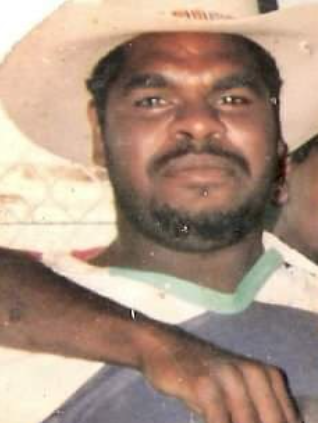
‘No urgency’
In handing down his findings, Coroner Ryan said Noombah, who had serious heart problems, died from cardiac arrest brought on by his restraint and his consumption of volatile hydrocarbons, namely petrol and cannabis.
“Noombah became unresponsive while he was restrained after a struggle with police, but the extent of his clinical decline was not identified until after he was placed in the ambulance vehicle, over eight minutes after paramedics arrived on the scene,” he said.
The findings pointed to flaws in the response by the Queensland Ambulance Service and Queensland Police.
“There was confusion about whether the QPS or QAS has primary responsibility for the care of a person such as Noombah who was detained and handcuffed when both agencies were on the scene during his very evident clinical decline,” Mr Ryan said.
“Body-worn camera footage demonstrated that the paramedics failed to undertake any meaningful assessment of Noombah on the roadside.
“It was also apparent that there was no urgency from police or paramedics in a situation where Noombah was critically unwell.”
The coroner made three recommendations.
The first was for the Queensland Police Service to implement a mandatory requirement for officers to request a priority response from the ambulance service to conduct a medical assessment and monitor vital signs when officers observe a person in custody whose demeanour rapidly declines from agitation to compliance.
The coroner also recommended police review the inclusion and training of lateral vascular neck restraint — a manoeuvre that uses bilateral pressure to impede blood flow resulting in unconsciousness — in the use of force.
A police officer who restrained Noombah on the night of his death told the inquest that he had attempted a restraint that was “like” a LVNR although they had not applied pressure to Noombah’s neck to activate the restraint to cause unconsciousness.
They said any pressure to the neck was minimal and accidental.
Lastly, the coroner recommended the state government work with the North Queensland Primary Health Network to develop culturally appropriate referral pathways for First Nations people in mental health crises, rather than prioritising assessment by hospital emergency departments.
“The family also expressed concern that the presence of police officers who use force to take persons into custody has the potential to result in the escalation of a confrontation where a person resists the application of force,” Mr Ryan said.
“I agree with those submissions.”
Indigenous concerns
The lawyer representing Mr King’s family, Stewart Levitt, said emergency services needed better training to respond to mental health crises.
“Particularly in northern Queensland where there’s such a high level of suicide among the Indigenous community,” he said.
“There are alternative ways of dealing with these situations rather than just apprehending somebody and forcibly taking them somewhere.”
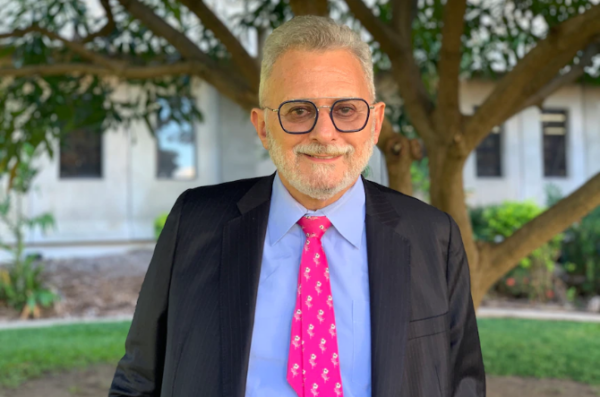
Mr Levitt said the circumstances of Noombah’s death had been devastating for family members who were present during the incident.
“They called triple-0 for assistance, and instead of that being beneficial it turned out to be fatal.”
He said Noombah’s family would be eligible to claim compensation for nervous shock, but Ms Matheson ruled that out.
“No compensation is going to bring him back, no apology is going to bring him back,” Ms Matheson, with whom Noombah shared four children, said.
“We’ve been blamed, family members are blaming me and my children for his passing.
“It’s brought a big toll on my children.”
Ms Matheson wants Indigenous liaison officers to play a bigger role in assisting emergency services in mental health episodes.
“We need more [liaison] services to be listed everywhere in Australia to help police deal with stuff like this.”
Contact us
Please provide a brief description of your claim.

